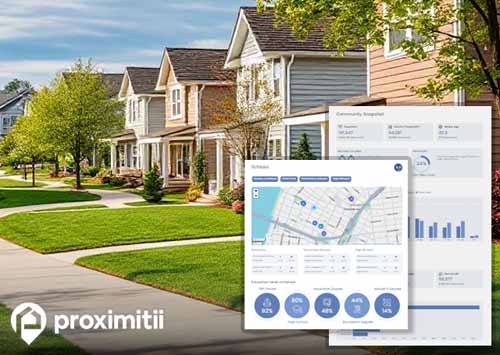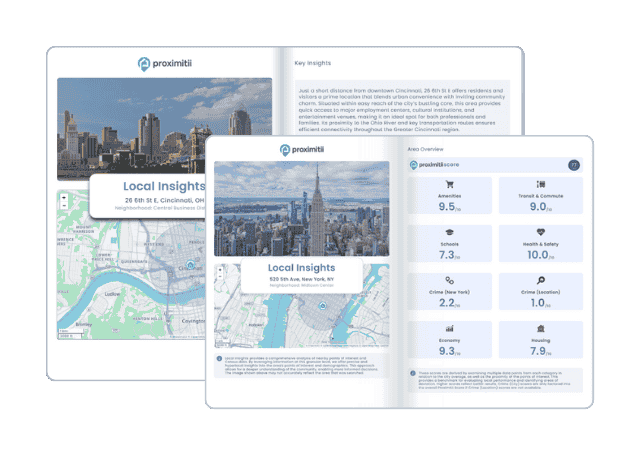| Statistic | Reportedincidents | /100k people | Orange/100k people | Virginia/100k people | National/100k people |
| Total crime | 95 | n/a (estimate) | 1,810 | 1,788 | 2,119 |
| Murder | 0 | n/a | 0.0 | 4.8 | 5.0 |
| Rape | 4 | n/a | 76.2 | 27.8 | 37.5 |
| Robbery | 1 | n/a | 19.1 | 33.1 | 60.6 |
| Assault | 16 | n/a | 304.8 | 152.2 | 256.1 |
| Violent crime | 21 | n/a (estimate) | 400 | 218 | 359 |
| Burglary | 7 | n/a | 133.4 | 108.7 | 229.2 |
| Theft | 66 | n/a | 1,257.4 | 1,315.9 | 1,272.1 |
| Vehicle theft | 1 | n/a | 19.1 | 145.1 | 258.8 |
| Property crime | 74 | n/a (estimate) | 1,410 | 1,570 | 1,760 |


Looking at the most recent crime report, the crime rate in Orange is 13.2% lower than the national average. These crimes fall into two primary categories: violent and property. Violent crimes encompass murder, rape, robbery and assault, while property crimes involve theft, vehicle theft and burglary. In Orange, there were 24 reported violent crimes, equivalent to 457 per 100,000 individuals, 23.5% higher than the national average. Additionally, there were 82 property crimes, amounting to 1561 per 100,000 residents, 20.1% lower than the U.S. average.
In the most recently reported crime year, Orange registered zero reported homicides. This statistic not only designates the area as an exemplar of security but also emanates a profound sense of safety within its community. A minimal incidence of severe violent crime not only fosters a strong sense of well-being among residents but also sets a commendable standard for other regions aiming to cultivate similarly safe surroundings.
Is Orange a safe place to live? While the answer may not be straightforward due to variations in safety levels across the city, gaining an understanding of the overall crime rate can prove to be advantageous. In general, Orange has a crime rate that is lower than the national average by 13%. Breaking this down on a daily basis, it translates to 0.29 daily incidents, encompassing 0.07 violent crimes and 0.22 property crimes. Evaluating these statistics can aid in forming a more informed perspective on the safety of Orange as a potential place to call home.
Year-over-year crime data allows residents and potential residents to assess the crime in Orange. A decrease in crime rates may indicate improving safety, while an increase could raise concerns. The year-over-year crime rate in Orange has increased by 63.1%. Violent crimes have increased by 242.9%, while property crimes have increased by 41.4%. By comparing crime rates from one year to the next, authorities and communities can identify trends and patterns in criminal activity. This helps in understanding whether crime is increasing, decreasing, or remaining stable over time.
In areas where employment options are limited or where a significant proportion of jobs offer meager wages, the likelihood of heightened unemployment and homelessness increases. Regions facing challenges related to unemployment or inadequate income may become more vulnerable to a surge in crime stemming from economic instability. While low unemployment rates tend to lead to reduced crime in most areas. Orange currently has an unemployment rate of 6.3%, contrasting with the national average of 4.7%. This could be one of many factors that could contribute to a higher or lower crime rate.
In cities grappling with housing affordability challenges, crime can emerge as a prominent issue. Certain individuals and families may find themselves needing to reside in cramped or subpar housing conditions, elevating stress levels and potentially fueling domestic conflicts and associated criminal incidents. Orange has a median home price of $217,200, deviating from the national average of $184,700. Large disparities in housing costs can significantly impact the well-being of residents and the prevalence of crime within the community.
Orange has an average rental rate of $905 per month, compared to the national average of $949. In areas with high rental costs, some individuals and families may be forced to live in overcrowded or substandard housing conditions. Overcrowding can lead to increased stress and tension, which may contribute to domestic disputes and related property or violent crimes. Addressing affordable housing and economic mobility can be important strategies for reducing crime in such areas.

Why stop at city-to-city? With Local Insights, you can compare neighborhoods, zip codes, or even exact addresses. Access 300+ hyperlocal data points—from schools and crime to housing and amenities—to see which area is the better fit.

| Item | Orange | Virginia | National |
| Law enforcement employees (officers & civilians) | 17 | 8,827 | 558,732 |
| Police officers & civilians /1000 residents | 3.5 | 3.2 | 3.3 |
| State | Total offenders | Virginia /100K | National /100K |
| Virginia | 25,766 | 352 | 266 |
| City | Population | Violent crime/100k people | Property crime/100k people | Total crime/100k people |
| Brightwood, VA | 1,283 | 74 | 532 | 606 |
| Ruckersville, VA | 1,236 | 84 | 607 | 691 |
| Gordonsville, VA | 1,988 | 461 | 855 | 1,316 |
| Madison, VA | 329 | 233 | 1,681 | 1,915 |
| Blue Ridge Shores, VA | 577 | 269 | 1,938 | 2,208 |
| Orange, VA | 5,024 | 400 | 1,410 | 1,810 |
| City | Population | Violent crime/100k people | Property crime/100k people | Total crime/100k people |
| Pawcatuck, CT | 5,024 | 113 | 1,136 | 1,249 |
| Ettrick, VA | 5,024 | 257 | 1,854 | 2,112 |
| Hutchinson Island South, FL | 5,025 | 87 | 462 | 549 |
| Primera, TX | 5,025 | 437 | 2,293 | 2,730 |
| Utica, MI | 5,025 | 314 | 2,515 | 2,829 |
| Orange, VA | 5,024 | 400 | 1,410 | 1,810 |